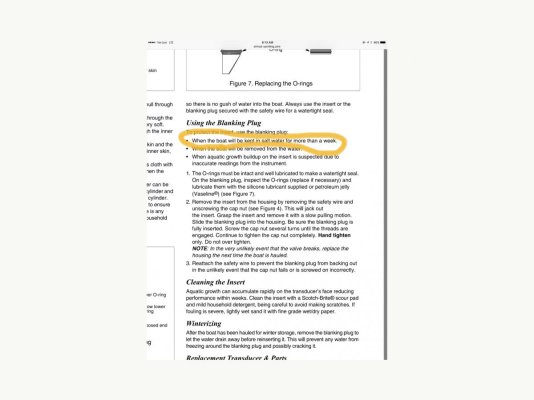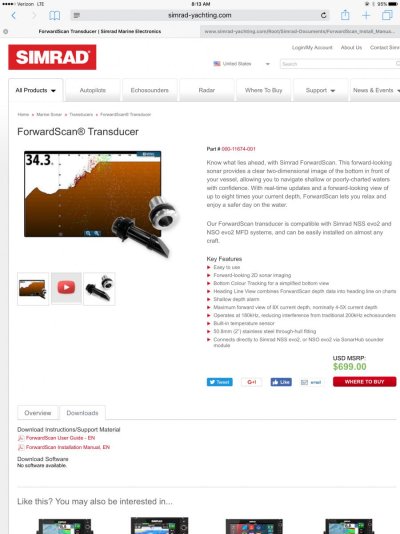Years ago there was a company that made many forward looking sonars called Interphase. My buddy had one on his 42 Jefferson Sundeck. The thing worked great, but the display was funky.
Our own Scary owns a Hatt 48 LRC that was the Interphase testbed. The forward cabin on his boat was modified years ago to remove the sonar mounts and modifications.
Years ago, Garmin bought Interphase and many expected some great things to come to market. Then years went by and nothing was mentioned. All thought the dream had died.
Garmin: Interphase Technologies Inc.
Now we have a Garmin product with Interphase technology. That's the only product I'd buy especially after learning here of Simrad's record of false performance promises.


 Thank you, this was a good point to add the discussion. apparently this antifouling solvent-free and does not contain copper?
Thank you, this was a good point to add the discussion. apparently this antifouling solvent-free and does not contain copper?
